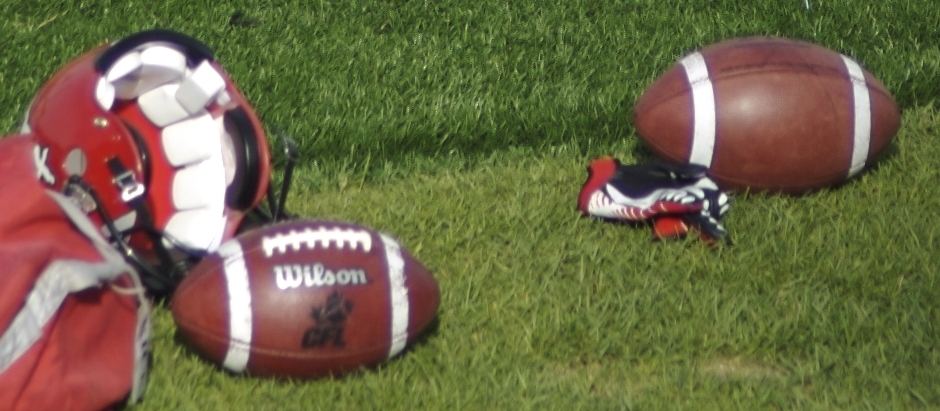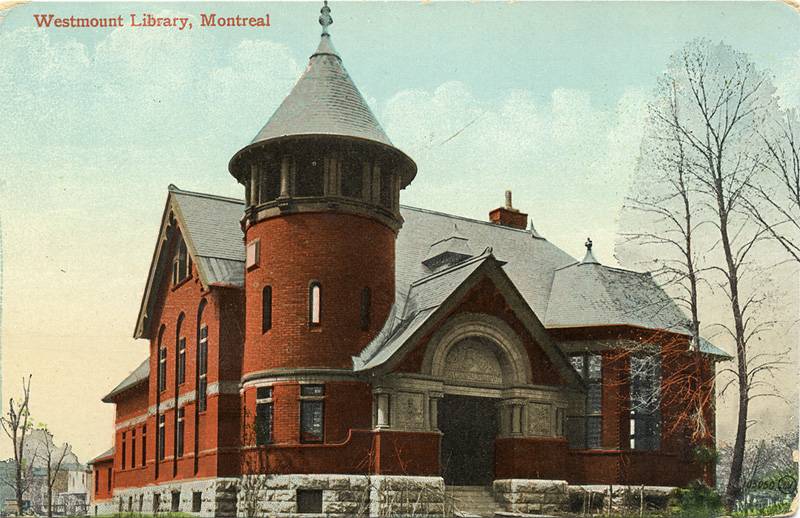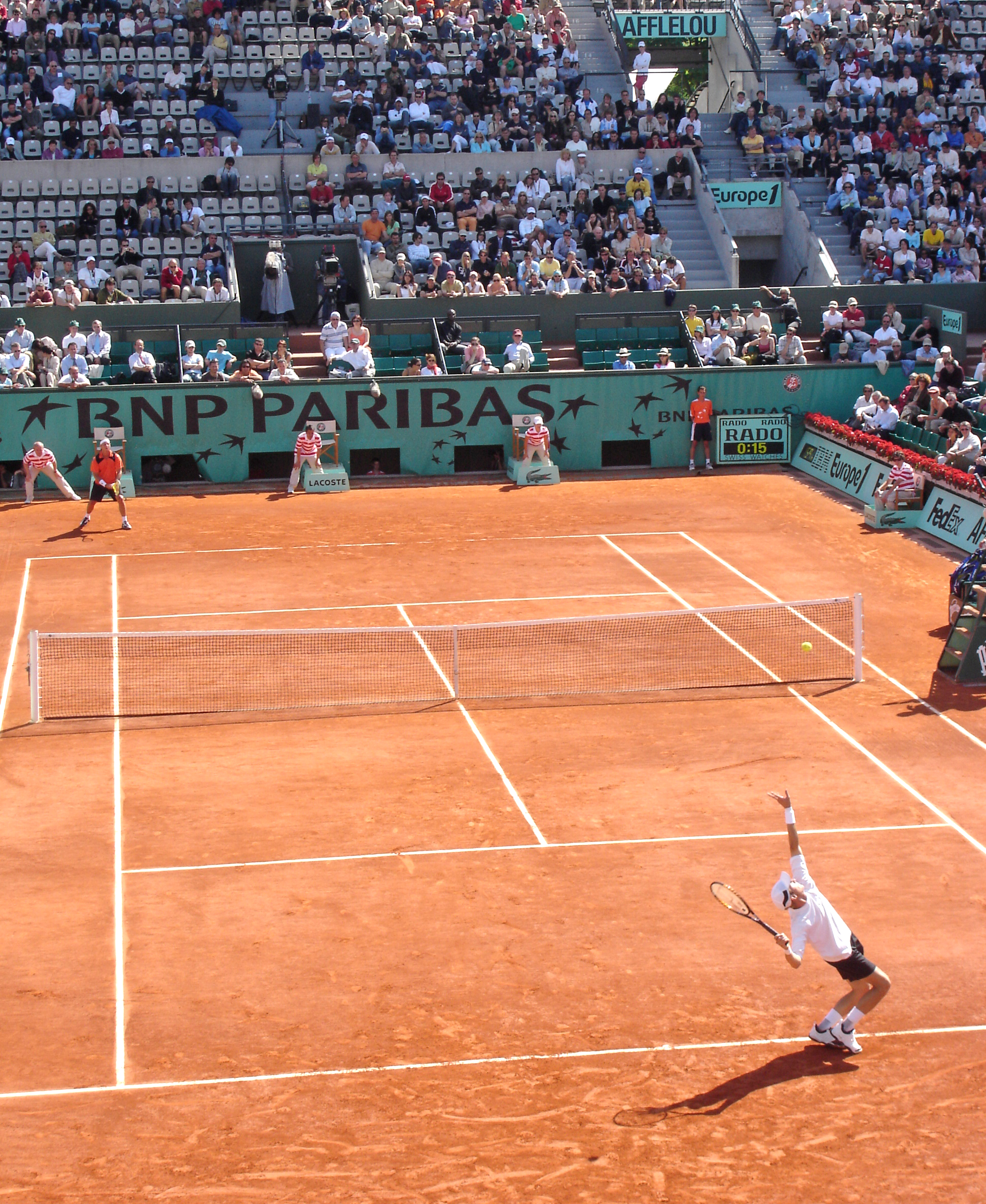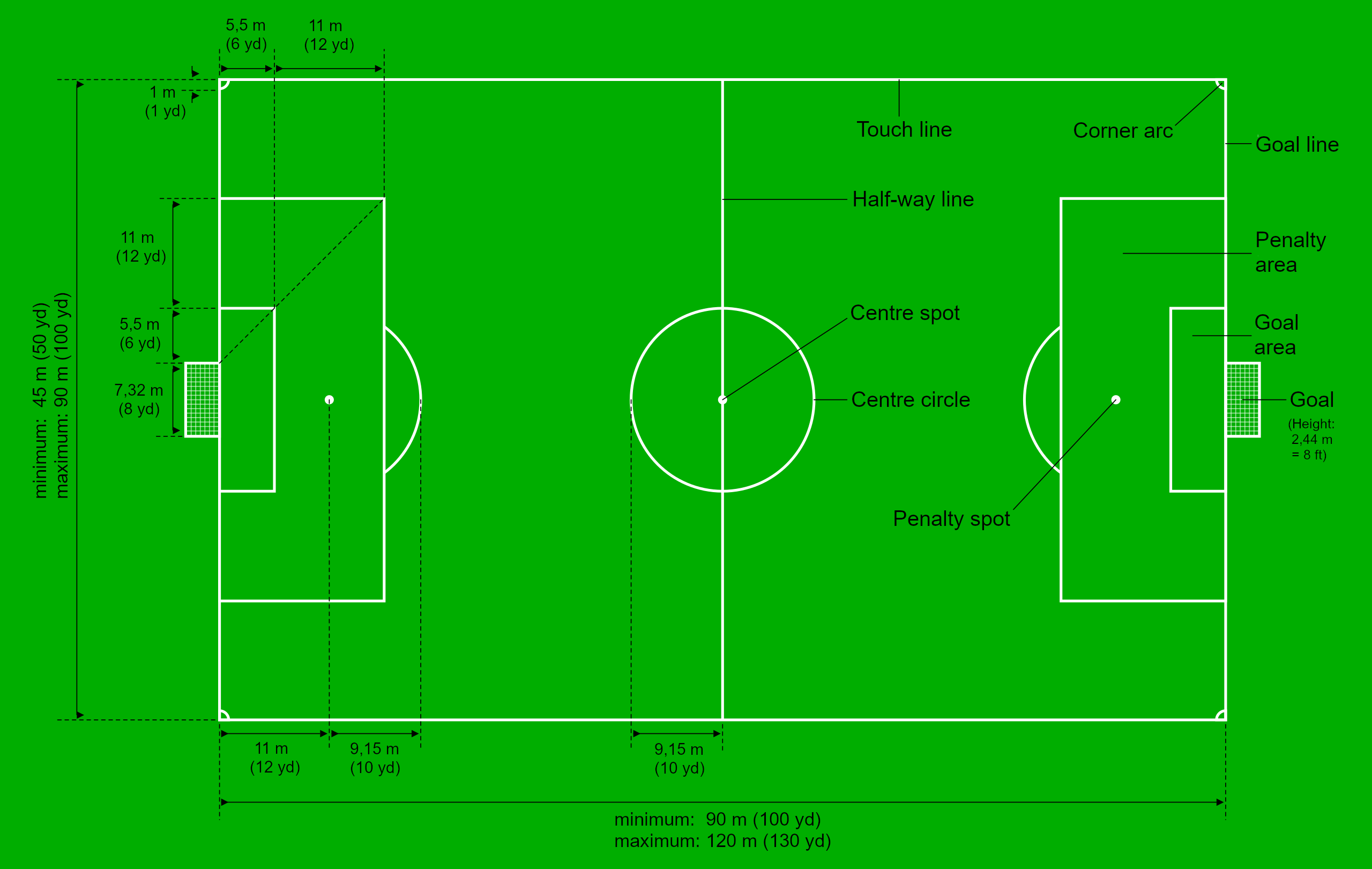|
Westmount Park
Westmount Park (french: Parc Westmount) is a public park in Westmount, Quebec, Canada. It is located on Sherbrooke Street West. History In 1892, the city of Westmount purchased of land for a park in order to preserve its rustic appearance. A few years later, the park was expanded its boundaries from Sherbrooke Street to Western Avenue (today De Maisonneuve Boulevard). Since its expansion, it has occupied of land. In 1899, Quebec's first public library (Victoria Hall) was built in the park. In 1912, J. Howard Manning landscaped the park on behalf of the city. The park's design was inspired by the work of Frederick Law Olmsted, the landscape architect of Mount Royal. The park was designed around existing natural streams, ravines and wooded areas. Flowerbeds were planted and a bandstand was constructed. In 1964, the park was renovated by the firm McFadzean & Everly. Lawns were decorated, trees were cut and the stream that crosses the park was redeveloped. Features The park ... [...More Info...] [...Related Items...] OR: [Wikipedia] [Google] [Baidu] |
Canadian Football
Canadian football () is a team sport, sport played in Canada in which two teams of 12 players each compete for territorial control of a field of play long and wide attempting to advance a pointed oval-shaped ball into the opposing team's scoring area (end zone). In Canada, ''football'' may refer to Canadian football and American football collectively, or to either sport specifically, depending on context. Outside of Canada, the term Canadian football is used exclusively to describe this sport, even in the United States; the term ''gridiron football'' (or, more rarely, ''North American football'') is also used worldwide as well to refer to both sports collectively. The two sports have shared origins and are closely related but have comparison of American and Canadian football, some key differences. With the probable exception of a few minor and recent changes, for which there is circumstantial evidence to suggest the existence of at least informal cross-border collaboration, ... [...More Info...] [...Related Items...] OR: [Wikipedia] [Google] [Baidu] |
Floral Clock
A floral clock, or flower clock, is a large decorative clock with the clock face formed by carpet bedding, usually found in a park or other public recreation area. Most have the mechanism set in the ground under the flowerbed, which is then planted to visually appear as a clock face with moving hands which may also hold bedding plants. The first floral clock was the idea of John McHattie, Superintendent of Parks in Edinburgh, Scotland. It was first planted up in the spring of 1903 in West Princes Street Gardens. In that year it had only an hour hand but a minute hand was added the following year. A cuckoo which pops out every quarter hour was added in 1952. The clock was soon imitated across the United Kingdom and later throughout the world. In Edinburgh, the clock mechanism is set inside the plinth of the statue to Allan Ramsay adjacent. The first mechanism using salvaged parts from Elie Parish Church in Fife was installed by James Ritchie & SonMonuments and Statues of Edi ... [...More Info...] [...Related Items...] OR: [Wikipedia] [Google] [Baidu] |
Victoria Hall (Westmount)
Victoria Hall is located at 4626 Sherbrooke Street West in the City of Westmount, Quebec, Canada. It is situated adjacent to Westmount Public Library at the west side of Westmount Park. The original building, named Victoria Jubilee Hall, was destroyed by a fire in 1924 but was immediately rebuilt. Original building The original named building, named Victoria Jubilee Hall, opened in 1899. It was built after a citizen petition for a community centre. The architect was Robert Findlay. He designed it using the same materials and in the same style as the adjacent Westmount Public Library.https://www.mcgill.ca/architecture/files/architecture/westmountlibrary.pdf It contained the following: *Public meeting room *Lodge room *Drill hall *Bowling alley *Billiard room *Gymnasium *Swimming pool It was destroyed by fire in 1924. Present-day building The present-day building was opened in 1925, and was designed by architects and George W. Wood. Exterior It is three storeys tall, and is ... [...More Info...] [...Related Items...] OR: [Wikipedia] [Google] [Baidu] |
Westmount Public Library
Westmount Public Library (French: ''Bibliothèque publique de Westmount'') is located within Westmount Park at 4574 Sherbrooke Street West in City of Westmount, Quebec, Canada. It was designed by Robert Findlay and opened in 1899. History The library was founded in 1897 to commemorate the Diamond Jubilee of then-reigning Queen Victoria. Robert Findlay was selected as the architect, and construction took place between 1898 and 1899. The total cost at that time was $16,375. This was for the books, furniture, and building itself. On June 20, 1898, the gala opening of the library took place. Records from that time indicate a collection of 1,992 books and 694 borrowers. In 1940, members of the Active Service garrisoned in Westmount were given access to library services and the reading room. The library also took on the role of receiving station for magazine and book donations on the behalf of the Canadian Armed Forces. The library experienced a sharp decline of book purchases in 1 ... [...More Info...] [...Related Items...] OR: [Wikipedia] [Google] [Baidu] |
Clay Court
A clay court is one of the types of tennis court on which the sport of tennis, originally known as "lawn tennis", is played. Clay courts are made of crushed stone, brick, shale, or other unbound mineral aggregate depending on the tournament. The French Open uses clay courts, the only Grand Slam tournament to do so. Clay courts are more common in Continental Europe and Latin America than in North America, Asia-Pacific or Britain. Two main types exist: red clay, the more common variety, and green clay, also known as "rubico", which is a harder surface. Although less expensive to construct than other types of tennis courts, the maintenance costs of clay are high as the surface must be rolled to preserve flatness. Play Clay courts are considered "slow" because the balls bounce relatively high and lose much of their initial speed when contacting the surface, making it more difficult for a player to deliver an unreturnable shot. Points are usually longer as there are fewer winners ... [...More Info...] [...Related Items...] OR: [Wikipedia] [Google] [Baidu] |
Hardcourt
A hardcourt (or hard court) is a surface or floor on which a sport is played, most usually in reference to tennis courts. It is typically made of rigid materials such as asphalt or concrete, and covered with acrylic resins to seal the surface and mark the playing lines, while providing some cushioning. Historically, hardwood surfaces were also in use in indoor settings, similar to an indoor basketball court, but these surfaces are rare now. Tennis Tennis hard courts are made of synthetic/acrylic layers on top of a concrete or asphalt foundation and can vary in color. These courts tend to play medium-fast to fast because there is little energy absorption by the court, as with grass courts but unlike clay courts. The ball tends to bounce high and players are able to apply many types of spin during play. Flat balls are favored on hard courts because of the extremely quick play style. Speed of rebound after tennis balls bounce on hard courts is determined by how much sand is in the sy ... [...More Info...] [...Related Items...] OR: [Wikipedia] [Google] [Baidu] |
Tennis Court
A tennis court is the venue where the sport of tennis is played. It is a firm rectangular surface with a low net stretched across the centre. The same surface can be used to play both doubles and singles matches. A variety of surfaces can be used to create a tennis court, each with its own characteristics which affect the playing style of the game. Dimensions The dimensions of a tennis court are defined and regulated by the International Tennis Federation (ITF) governing body and are written down in the annual 'Rules of Tennis' document. The court is long. Its width is for singles matches and for doubles matches. The service line is from the net. Additional clear space around the court is needed in order for players to reach overrun balls for a total of wide and long. A net is stretched across the full width of the court, parallel with the baselines, dividing it into two equal ends. The net is high at the posts, and high in the center. The net posts are outside the d ... [...More Info...] [...Related Items...] OR: [Wikipedia] [Google] [Baidu] |
Soccer Field
A football pitch (also known as soccer field) is the playing surface for the game of association football. Its dimensions and markings are defined by Law 1 of the Laws of the Game, "The Field of Play". The pitch is typically made of natural turf or artificial turf, although amateur and recreational teams often play on dirt fields. Artificial surfaces are allowed only to be green in colour. All line markings on the pitch form part of the area which they define. For example, a ball on or above the touchline is still on the field of play, and a foul committed over the line bounding the penalty area results in a penalty. Therefore, a ball has to completely cross the touchline to be out of play, and a ball has to wholly cross the goal line (between the goal posts) in order for a goal to be scored; if any part of the ball is still on or above the line, a goal is not scored and the ball is still in play. The field descriptions that apply to adult matches are described below. Because ... [...More Info...] [...Related Items...] OR: [Wikipedia] [Google] [Baidu] |
Quebec
Quebec ( ; )According to the Canadian government, ''Québec'' (with the acute accent) is the official name in Canadian French and ''Quebec'' (without the accent) is the province's official name in Canadian English is one of the thirteen provinces and territories of Canada. It is the largest province by area and the second-largest by population. Much of the population lives in urban areas along the St. Lawrence River, between the most populous city, Montreal, and the provincial capital, Quebec City. Quebec is the home of the Québécois nation. Located in Central Canada, the province shares land borders with Ontario to the west, Newfoundland and Labrador to the northeast, New Brunswick to the southeast, and a coastal border with Nunavut; in the south it borders Maine, New Hampshire, Vermont, and New York in the United States. Between 1534 and 1763, Quebec was called ''Canada'' and was the most developed colony in New France. Following the Seven Years' War, Quebec b ... [...More Info...] [...Related Items...] OR: [Wikipedia] [Google] [Baidu] |
Mount Royal
Mount Royal (french: link=no, Mont Royal, ) is a large intrusive rock hill or small mountain in the city of Montreal, immediately west of Downtown Montreal, Quebec, Canada. The best-known hypothesis for the origin of the name Montreal is the hill is the namesake for the city. The hill is part of the Monteregian Hills situated between the Laurentians and the Appalachian Mountains. It gave its Latin name, ''Mons Regius'', to the Monteregian chain. The hill consists of three peaks: Colline de la Croix (or Mont Royal proper) at , Colline d'Outremont (or Mount Murray, in the borough of Outremont) at , and Westmount Summit at elevation above mean sea level. Geology Mount Royal is the deep extension of a vastly eroded ancient volcanic complex, which was probably active about 125 million years ago. [...More Info...] [...Related Items...] OR: [Wikipedia] [Google] [Baidu] |
Frederick Law Olmsted
Frederick Law Olmsted (April 26, 1822August 28, 1903) was an American landscape architect, journalist, social critic, and public administrator. He is considered to be the father of landscape architecture in the USA. Olmsted was famous for co-designing many well-known urban parks with his partner Calvert Vaux. Olmsted and Vaux's first project was Central Park, which led to many other urban park designs, including Prospect Park in what was then the City of Brooklyn (now the Borough of Brooklyn in New York City) and Cadwalader Park in Trenton, New Jersey. He headed the preeminent landscape architecture and planning consultancy of late nineteenth-century America, which was carried on and expanded by his sons, Frederick Jr. and John C., under the name Olmsted Brothers. Other projects that Olmsted was involved in include the country's first and oldest coordinated system of public parks and parkways in Buffalo, New York; the country's oldest state park, the Niagara Reservation in Ni ... [...More Info...] [...Related Items...] OR: [Wikipedia] [Google] [Baidu] |








